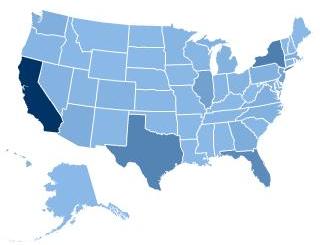Since the mid-1980s, the federal government has tried repeatedly, without success, to stem the flow of undocumented immigrants to the United States with immigration-enforcement initiatives: deploying more agents, fences, flood lights, aircraft, cameras, and sensors along the southwest border with Mexico; increasing the number of worksite raids and arrests conducted throughout the country; expanding detention facilities to accommodate the hundreds of thousands of undocumented immigrants apprehended each year; and creating new bureaucratic procedures to expedite the return of detained immigrants to their home countries. At the same time, the economic integration of North America, the western hemisphere, and the world has accelerated, facilitating the rapid movement of goods, services, capital, information, and people across international borders. Moreover, the U.S. economy demands more workers at both the high-skilled and less-skilled ends of the occupational spectrum than the rapidly aging, native-born population provides. The U.S. government’s enforcement-without-reform approach to undocumented immigration has created an unsustainable contradiction between U.S. immigration policy and the U.S. economy. So far, the economy is winning.
Read more...
Published On: Wed, May 21, 2008 | Download File



